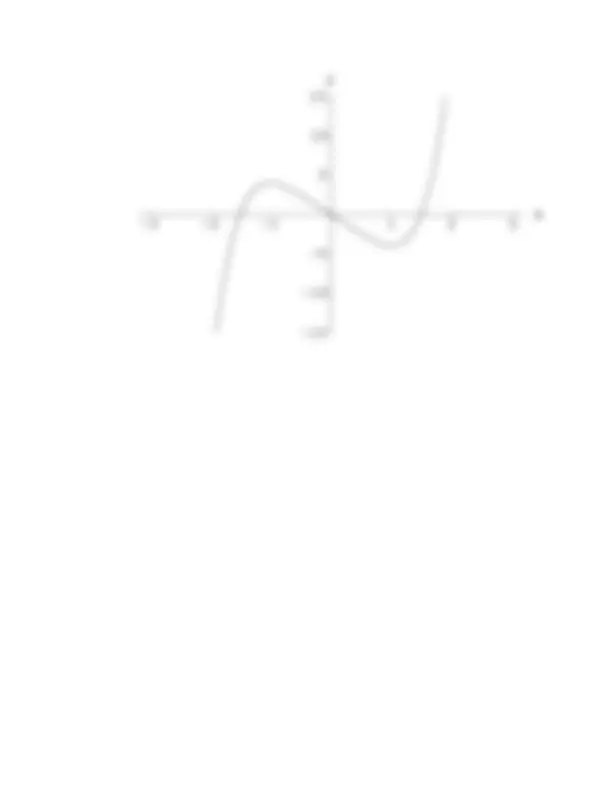



Study with the several resources on Docsity

Earn points by helping other students or get them with a premium plan


Prepare for your exams
Study with the several resources on Docsity

Earn points to download
Earn points by helping other students or get them with a premium plan
Community
Ask the community for help and clear up your study doubts
Discover the best universities in your country according to Docsity users
Free resources
Download our free guides on studying techniques, anxiety management strategies, and thesis advice from Docsity tutors
Material Type: Quiz; Class: Calculus 1; Subject: Mathematics; University: Millersville University of Pennsylvania; Term: Fall 2006;
Typology: Quizzes
1 / 2

This page cannot be seen from the preview
Don't miss anything!


Millersville University Name Answer Key Department of Mathematics MATH 161, Calculus I , Quiz 7 November 3, 2006
Please answer the following questions. Your answers will be evaluated on their correctness, completeness, and use of mathematical concepts we have covered. Please show all work and write out your work neatly. Answers without supporting work will receive no credit.
(a) find the intervals on which the function is increasing and decreasing, For this information we must examine the first derivative.
f ′(x) = 5 x^4 − 5 = 5(x^4 − 1) = 5(x^2 − 1)(x^2 + 1) = 5(x − 1)(x + 1)(x^2 + 1)
Thus f (x) is increasing on the interval (−∞, −1)
⋃ (1, ∞) and decreasing on the interval (− 1 , 1). (b) find the x-coordinates of the local extrema (if any), The critical numbers of f are x = ±1. By the first derivative test, f has a local maximum at (− 1 , f (−1)) = (− 1 , 4) and a local minimum at (1, f (1)) = (1, −4). (c) find the intervals where the function is concave up and concave down, For this information we must examine the second derivative, f ′′(x) = 20x^3. The graph of the function f is concave down on the interval (−∞, 0) and concave up on the interval (0, ∞). (d) find the x-coordinates of the points of inflection (if any), The concavity of the graph of f changes at x = 0, thus the only point of inflection occurs at (0, f (0)) = (0, 0). (e) sketch a plausible graph of f (x) on the axes below.